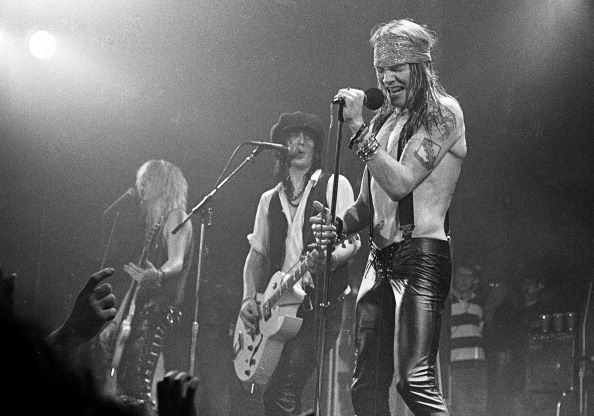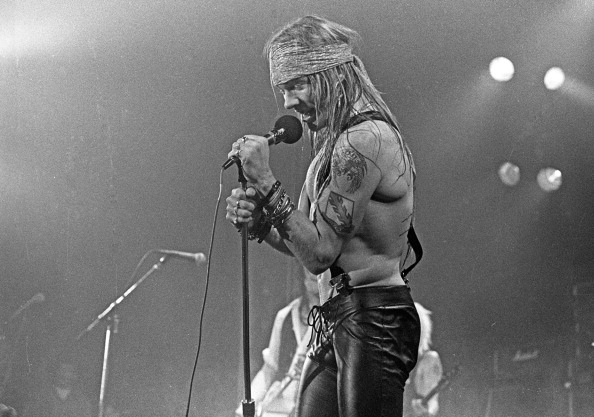Appetite For Awesome

Appetite for Destruction, Guns N’ Roses’ explosive 1987 debut, isn’t just great because it went on to sell over 30 million copies, it’s great because it woke up a complacent, bloated rock ‘n’ roll industry that had lost its edge. By the mid-1980s, mainstream rock had grown predictable, dominated by polished glam bands with formulaic sounds and overproduced ballads. The danger, grit, and authenticity that once defined rock music had been sanitized for mass consumption. Then came Appetite for Destruction.
From the opening riff of “Welcome to the Jungle,” it was clear that this album was something raw and different. It captured the chaos, energy, and desperation of real street life in Los Angeles, not the fantasy world other bands were selling. Axl Rose’s snarling vocals, Slash’s blistering guitar solos and the band’s animal chemistry brought back the rebellious spirit of classic rock, but with a modern, punk-infused edge.
Appetite didn’t just make noise; it cut through the noise. It forced the industry to pay attention. Radio stations that initially refused to play Guns N’ Roses couldn’t ignore the public demand. Record labels began searching for more raw, authentic acts. The album helped bridge the gap between the fading glam scene and the grunge movement that would follow a few years later.

More than a commercial success, Appetite for Destruction was a cultural reset. It reminded the world that rock ‘n’ roll was supposed to be dangerous, unpredictable and alive. It inspired a generation of musicians and fans alike to reject the safe and embrace the real. That’s why it matters, not just because of how many people bought it, but because of how deeply it made people feel.



